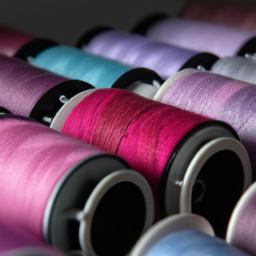
Introduction
Embarking on a sewing project can be both exciting and frustrating. Unfortunately, one of the most common issues beginners (and even experienced sewers) face is the constant breaking of the top thread. Not only does this disrupt the sewing process, but it also affects the outcome of your projects. Understanding the underlying causes can help you troubleshoot and resolve the issue effectively.
Possible Causes and Solutions
There are several reasons why your top thread might keep breaking. Let’s explore some common causes and the steps you can take to resolve the problem:
- Incorrect Thread Tension: Improper thread tension is a leading cause of thread breakage. If the thread tension is too tight, it puts excessive strain on the thread, causing it to break. Conversely, if the tension is too loose, the thread can become tangled and snap.
- Low-Quality or Damaged Thread: Sometimes, the issue lies with the thread itself. Low-quality or old threads tend to fray or break more easily. Make sure you are using a high-quality thread suitable for your fabric type.
- Needle Problems: A dull or bent needle can cause thread breakage. Needles should be changed regularly, as they can become worn out and less effective over time. Additionally, using the wrong needle size for your fabric can also contribute to thread breakage.
- Inadequate Thread Tension Discs or Bobbin Case: Faulty or dirty thread tension discs can impact the smooth flow of the thread, leading to breakage. Similarly, a damaged or improperly placed bobbin case can cause thread tension issues.
- Machine Maintenance: A poorly maintained sewing machine can contribute to thread breakage. Accumulated lint, dust, or debris can hinder the proper functioning of the machine, including the smooth flow of thread.
To fix this issue, adjust the thread tension according to your sewing machine‘s user manual. Test the tension by sewing on a scrap fabric before starting a project. Gradually increase or decrease the tension until the upper thread forms even stitches without breaking.
Examine the thread for any signs of wear and tear. If it appears damaged, replace it with a fresh spool of thread. Investing in good thread can significantly reduce the occurrence of breaks during sewing.
Check your needle for any signs of damage or bluntness. Replace it with a new needle appropriate for your fabric type and thickness. Be mindful of using the correct needle size (refer to the machine manual or consult a sewing expert if needed).
Inspect the thread tension discs and clean them if necessary. Ensure they are engaging properly when you thread the machine. In the case of a faulty bobbin case, consult your sewing machine’s manual or get it examined by a professional.
Regularly clean and oil your sewing machine as per the manufacturer’s instructions. Pay special attention to the area around the tension discs, bobbin case, and bobbin race. A clean machine ensures better sewing performance and minimizes the likelihood of thread breakage.
Conclusion
Thread breakage can be a frustrating obstacle during the sewing process, but understanding the potential causes and implementing the appropriate solutions can help you overcome this issue. By troubleshooting and addressing factors such as incorrect tension, low-quality thread, needle problems, dysfunction in thread tension discs or bobbin case, and machine maintenance, you can enjoy smoother and more successful sewing projects. Remember, practice makes perfect, and with time, you’ll become adept at troubleshooting and sewing without encountering these frequent thread-breaking frustrations!
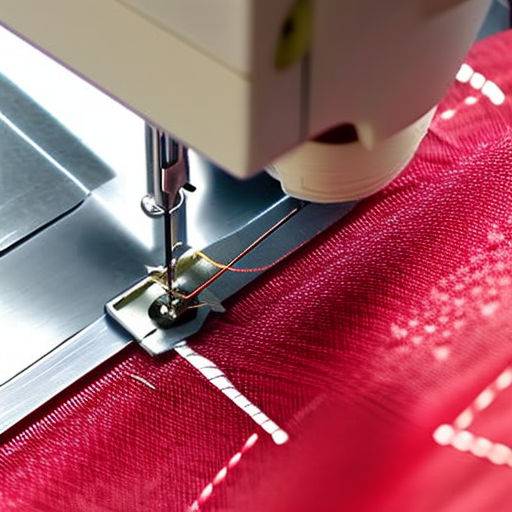
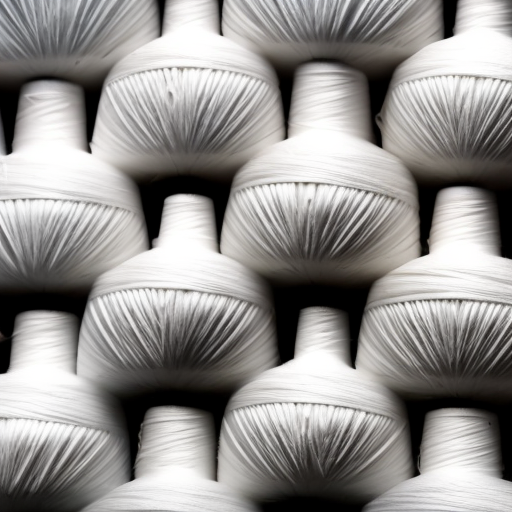
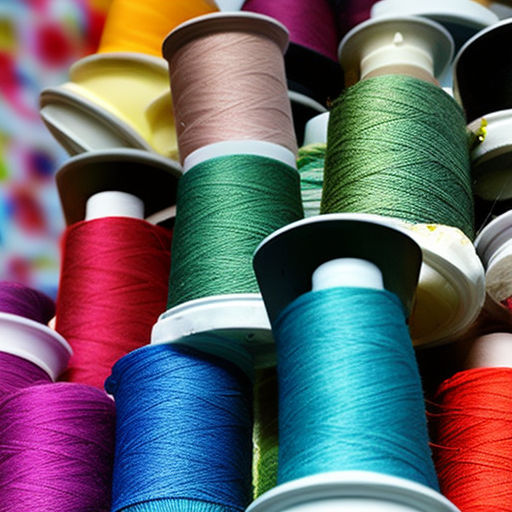
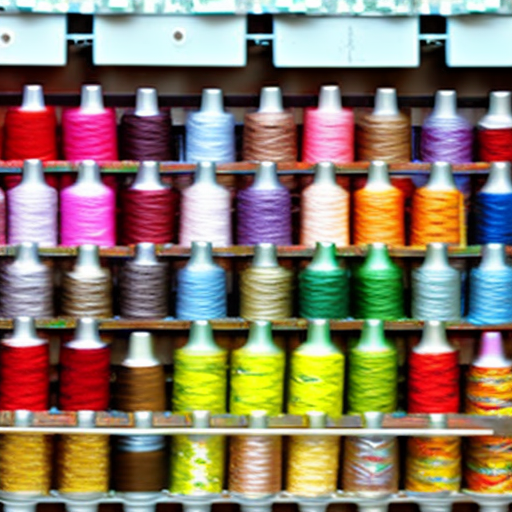

That definitely can be frustrating!
Kimberly Williams: Check your machine tension settings and also the type of thread you’re using; some can be too thick for the machine to handle.
It sounds like a challenging issue, but with the help of your sewing machine manual and the advice of the other commenters, hopefully you can get to the bottom of it and make beautiful, stitch-perfect projects!
If your machine is giving you some trouble with the top thread, it may be helpful to try different needles as they come in different sizes and shapes, and could help accommodate the type of thread you’re using. Good luck!
You may have inserted the needle incorrectly in your machine. Make sure it’s firmly inserted all the way in and the flat side facing the front. Good luck!